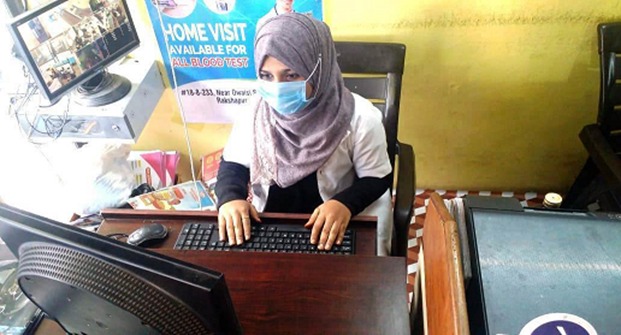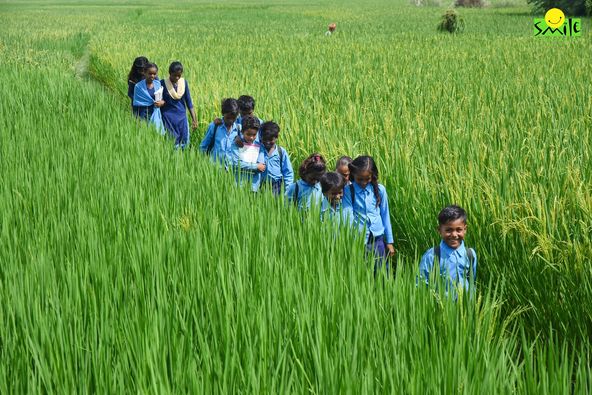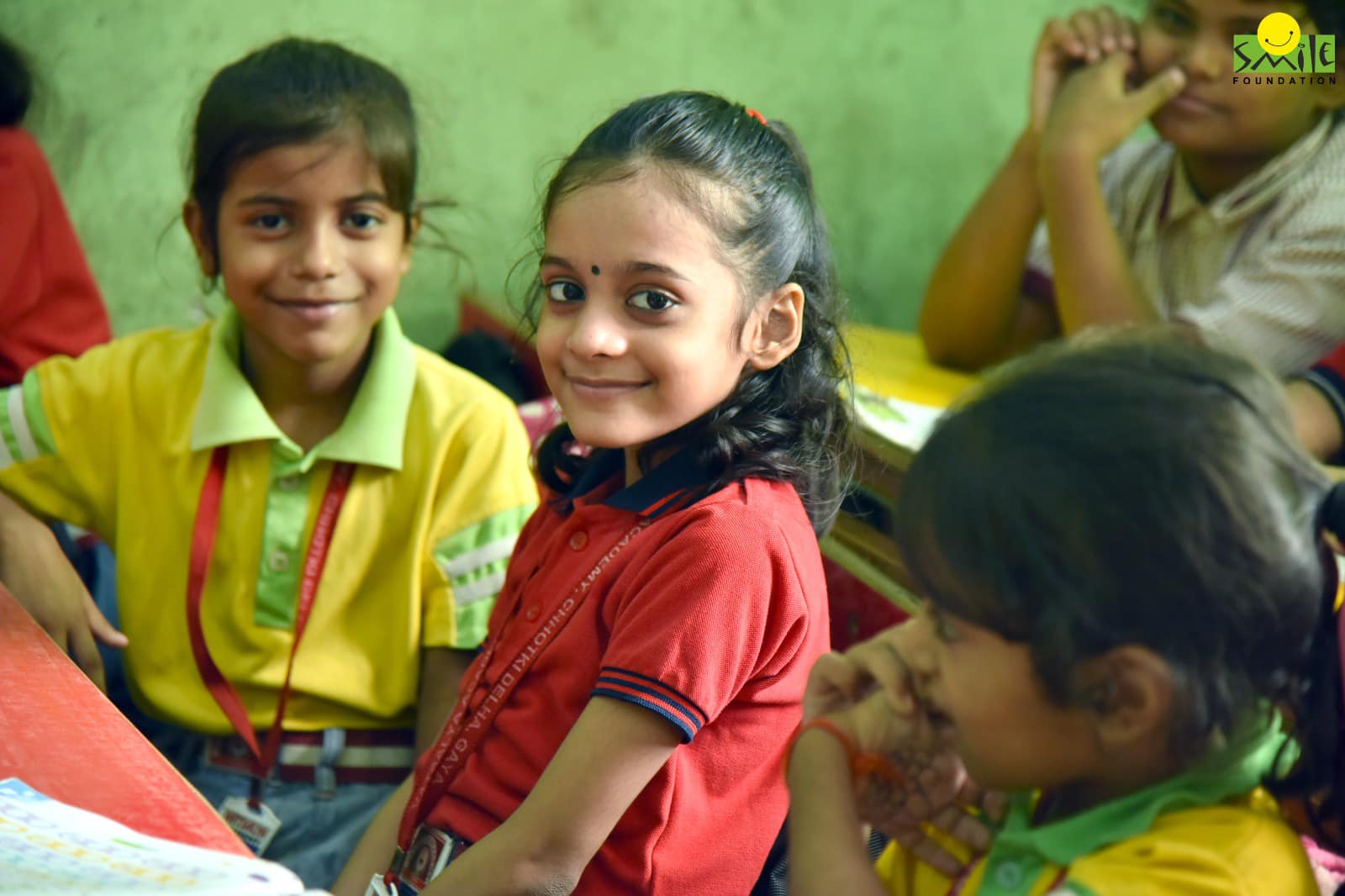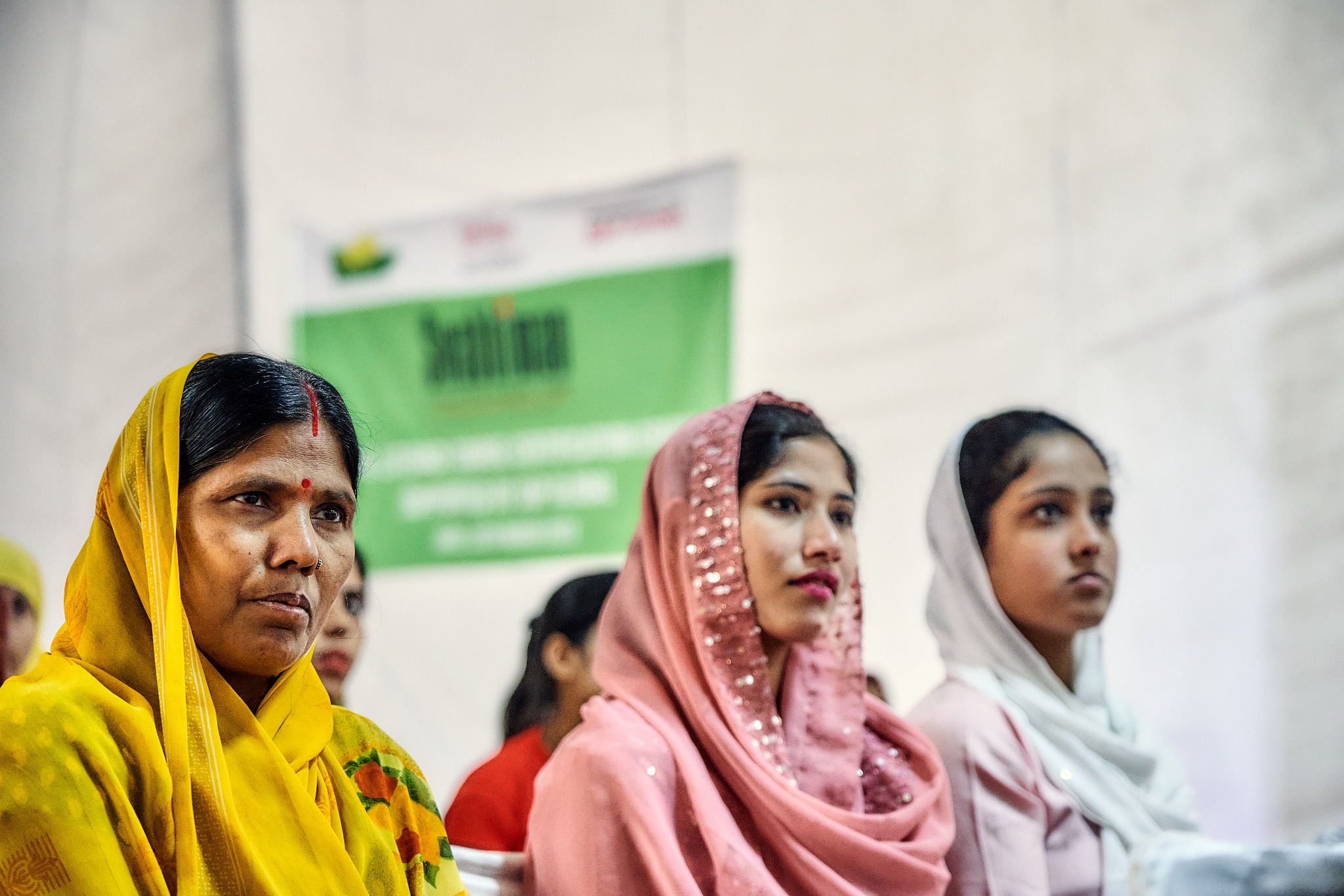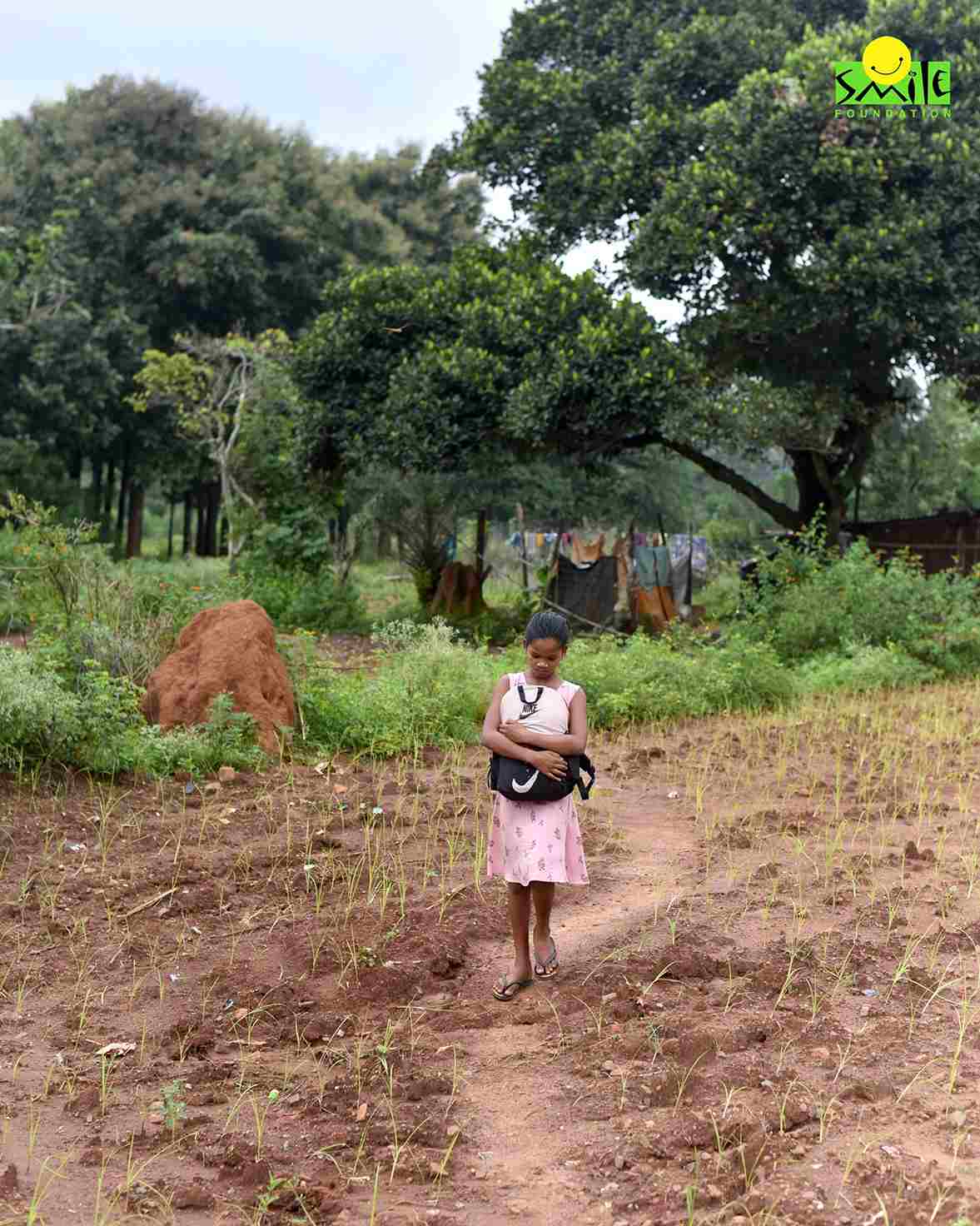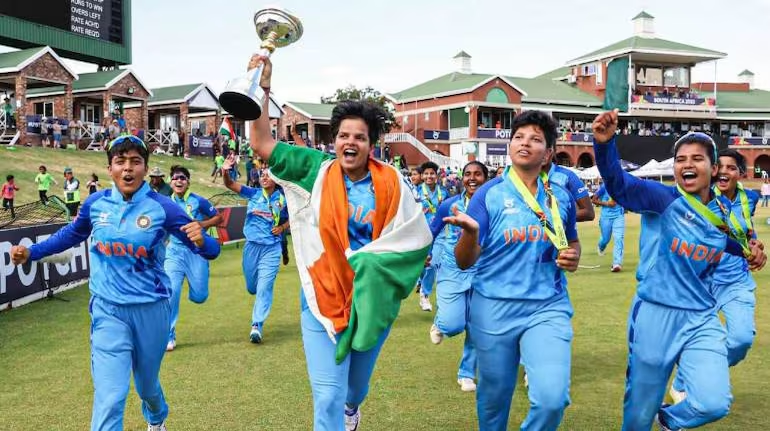Two inter-related themes stand out in the list of the world’s richest people. One, they’re primarily engineers. From Elon Musk to Jeff Bezos and Larry Page, most of the world’s richest people studied engineering.
It’s hardly a surprise, as engineering is the gateway to technology, the backbone of the digital age. But what is astonishing in the list of the world’s richest people is the lack of women.
There are other things that are of more value than material richness. Money might not be everything for any individual but the way things work in the business world and beyond, it does give one the ability to have a bigger say in the execution of things deciding the world order.
Per the Forbes real-time billionaire’s list, only three of the top 30 richest people in the world are women. The figure is even worse in India; only one woman (Savitri Jindal) makes the top 20 richest people in India.
It’s an alarming statistic, especially in the most inclusive time on Earth. Equality is advocated from preschool to college, yet the country faces a significant wealth mismatch.
Several factors, like parenthood and dogmas against women, drive this issue. However, the lack of women’s participation in STEAM-related (Science, Technology, Engineering, Arts and Mathematics) roles; called by its earlier name, STEM at times, has a more significant impact than many other reasons.
Although 52% of women took up STEM courses in graduation in India, only 29% joined the STEM workforce. Through a new initiative within the ‘Beti Bachao Beti Padhao’ scheme, the Government of India plans to address the problem and increase women’s participation in STEM-related fields.
Beti Bachao Beti Padhao scheme
Launched in January 2015, Beti Bachao Beti Padhao is a Government of India (GOI) initiative to protect, educate, and increase the participation of the girl child in the workforce.
The scheme is implemented in every Indian district through the cooperation of the Ministry of Women & Child Development, Ministry of Health & Family Welfare, and Department of School Education & Literacy, Ministry of Education.
It is regularly updated to increase its scope and drive impact within society. In October 2022, the Central Government of India announced the scheme’s latest and possibly most critical addition; skilling girls in non-traditional livelihood (NTL) options.
Women in Non-traditional Livelihoods
Non-traditional livelihoods are sectors and jobs where women’s participation has been low historically. STEM-related jobs are an example. There are and have been fewer women engineers, technologists, and researchers than men.
The All India Survey on Higher Education 2018-19 reported only 6% of women enrolled in PhD in engineering and technology. The number was just 3% in PhD in sciences.
The World Bank data makes similar grim reading. Although women constitute nearly 43% of STEM graduates in India, they represent just 14% of the total scientists and technologists in institutions focused on research.
They’re far from ideal for a growing economy like India. Women’s participation in all fields is necessary for the country to achieve its $5 trillion dream. With the inclusion of vocational training and skill development for girls under the Beti Bachao Beti Padhao scheme, the Indian government is hoping to solve the problem.
Highlights of the New Beti Bachao Beti Padhao Scheme
Skilling girls in non-traditional livelihoods is the cornerstone of the new Beti Bachao Beti Padhao scheme. However, it isn’t the only goal. Minister for Women and Child Development Smriti Irani provided a few highlights of the new scheme at the launch event in October 2022.
She talked about the importance of counseling girls to help them choose what they want to study. The Beti Bachao Beti Padhao Scheme primarily focuses on young girls still discovering their strengths. Through the updated scheme, the government would help them figure out what they love and gain skills to excel in them.
Ms Irani said her Ministry would actively work in this direction and help girls in childcare institutions gain access to vital professional skills.
Since STEM participation is a big goal for the new scheme, skill training in non-traditional vocations is also offered. Several girls who overcame barriers and gained non-traditional skills were invited to the event to inspire others.
Meanwhile, Women and Child Development Secretary Indevar Pandey provided a list of aims for the new scheme. It includes
- a 1% increment in enrolment at the secondary level
- skilling of females yearly
- increased awareness about menstrual hygiene
- and elimination of child marriages.
Implementation Remains Key
Launching programs is one thing, and execution is another. While the Beti Bachao Beti Padhao, as a whole, has been quite successful, expected gaps remain.
With education and skill development for women empowerment now part of the scheme, the government will be hoping for better. Minister for Women and Child Development Smriti Irani alluded to it when the scheme was updated in October 2022.
She emphasized coordination between departments as the key to delivering quality education for girls and women empowerment.
As a result, a Memorandum of Understanding (MoU) was signed between the Ministries of Women and Child Development, Skill Development and Entrepreneurship, and Minority Affairs at the event. It promised cooperation between each other to empower women.
To make things easier and streamlined, an operations manual was also launched. It highlights that a national committee headed by the Secretary of the Ministry of Women and Child Development will regularly review the updated scheme. The committee also monitors how State governments and Union Territories implement the scheme and offers suggestions for improving efficiency.
India’s Hope
The success of the new and updated Beti Bachao Beti Padhao scheme is vital for India’s success. With access to quality education, women can acquire the necessary skills and enter the workforce in essential roles.
They can use their knowledge to help their organizations grow and contribute to the economy. More women achieving financial independence can help the economy as they improve their lifestyles and strive for a better standard of living.
Many of them show a high potential to build their business empires, helping bring employment to their fellow citizens. With the government’s support, they may create lasting wealth and change the face of the world’s richest list as we know it today.
Smile Foundation and Skilling of Young Girls and Women
Smile Foundation is one of the biggest advocates of girl child education and skill development of young girls and women.
We have a strong belief that financial independence of young girls and women lead to a better living quality for the families. Smile Foundation trains young girls and boys through our livelihood programme, STeP or Smile Twin e-Learning Programme. The training is to make the Indian youth industry-ready for jobs related to healthcare assistance, digital marketing, BFSI, e-logistics and more.



